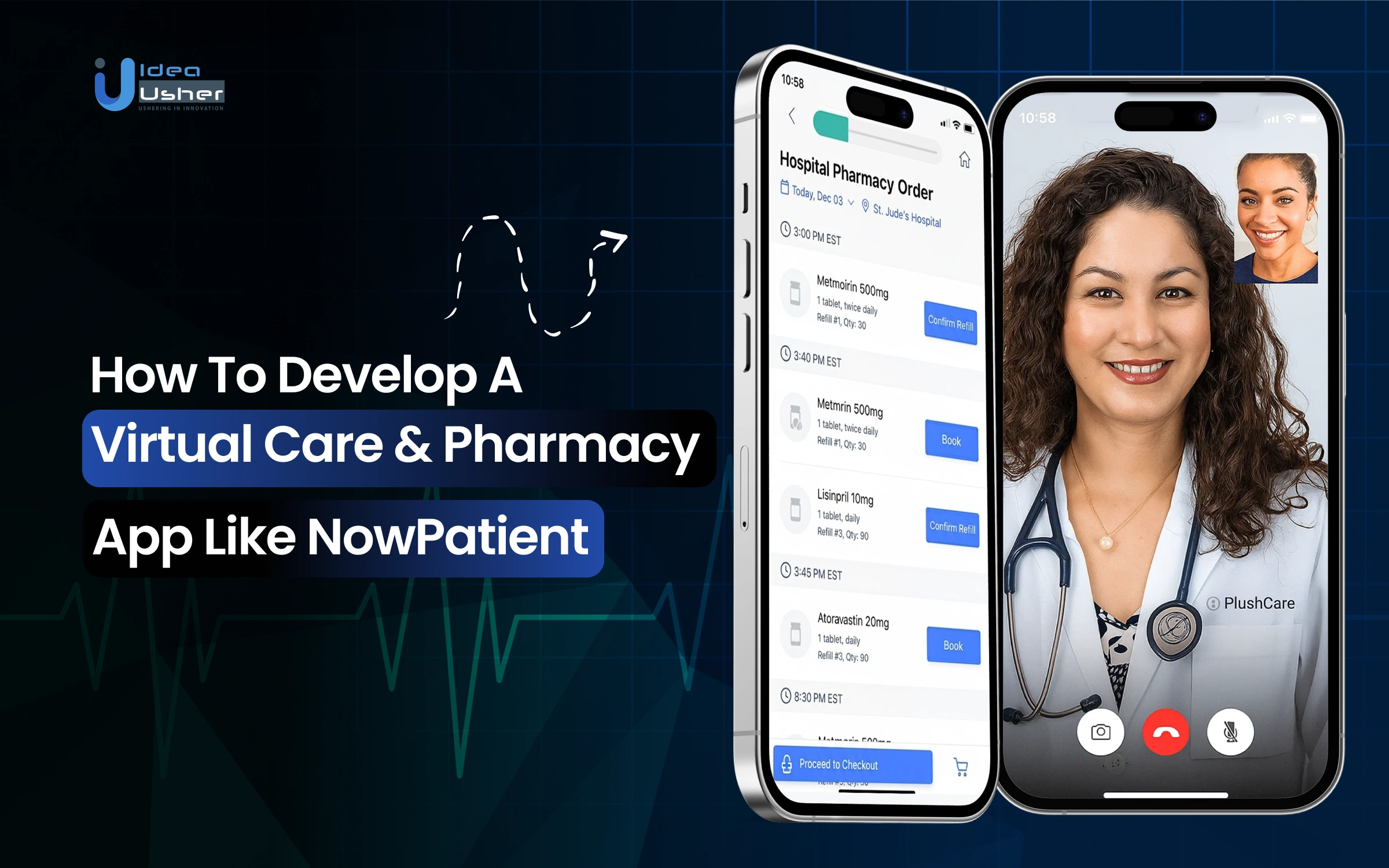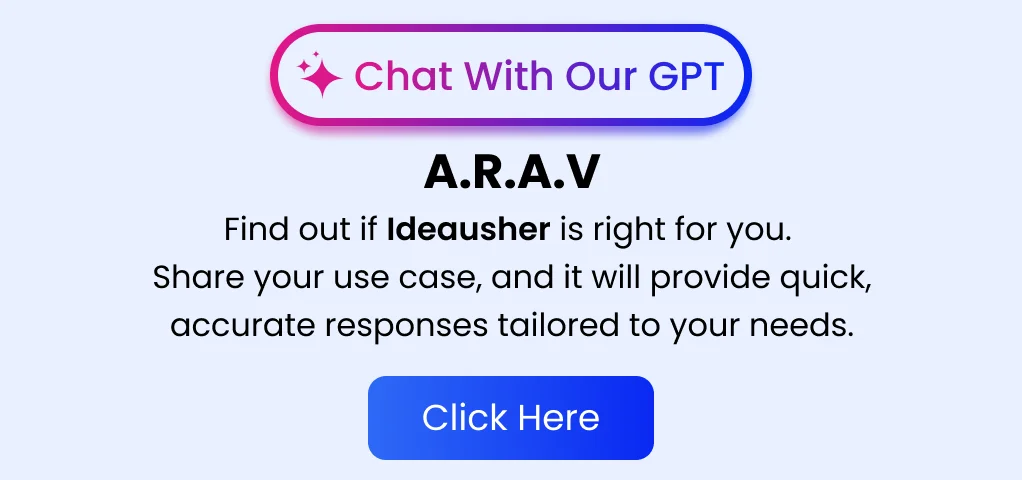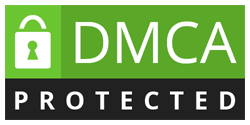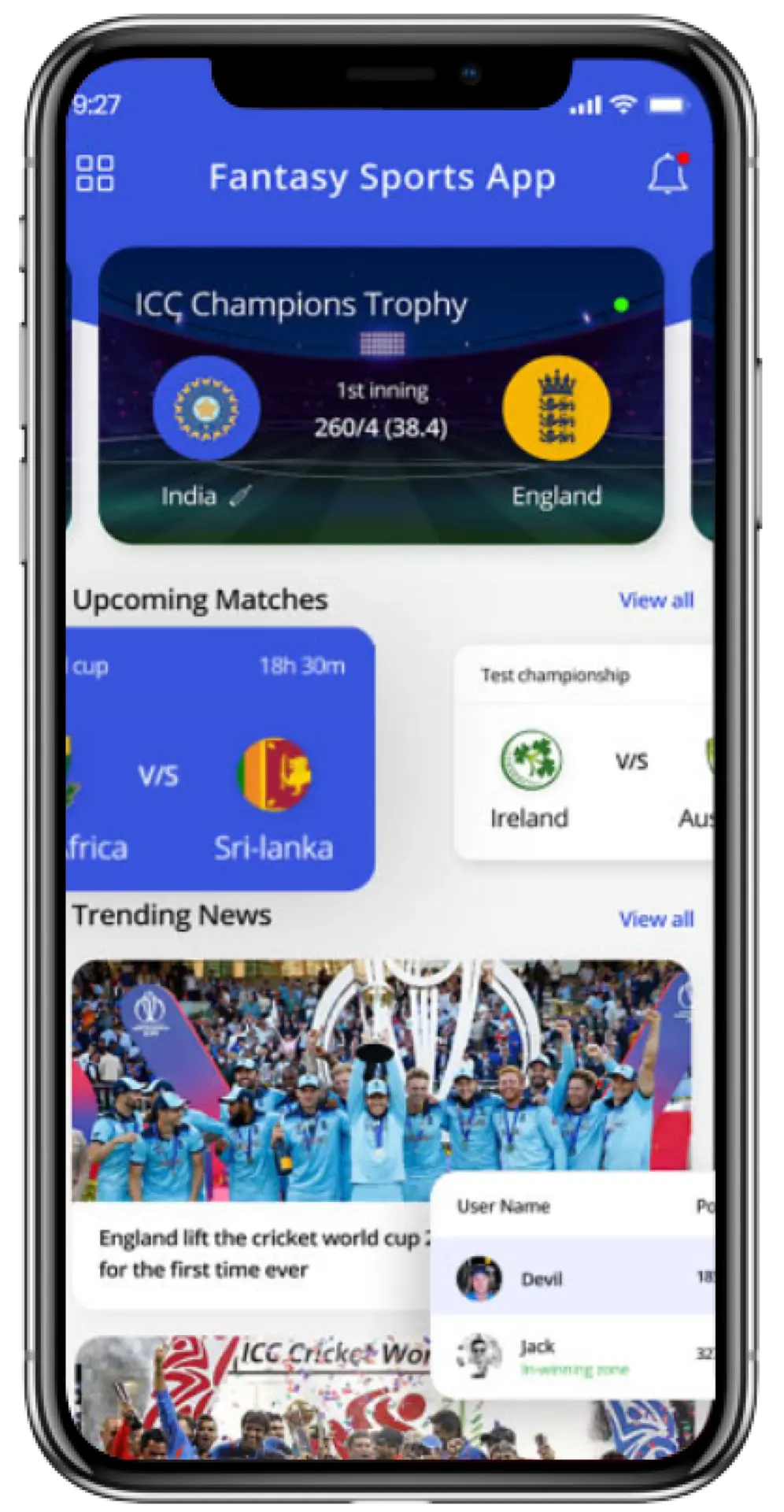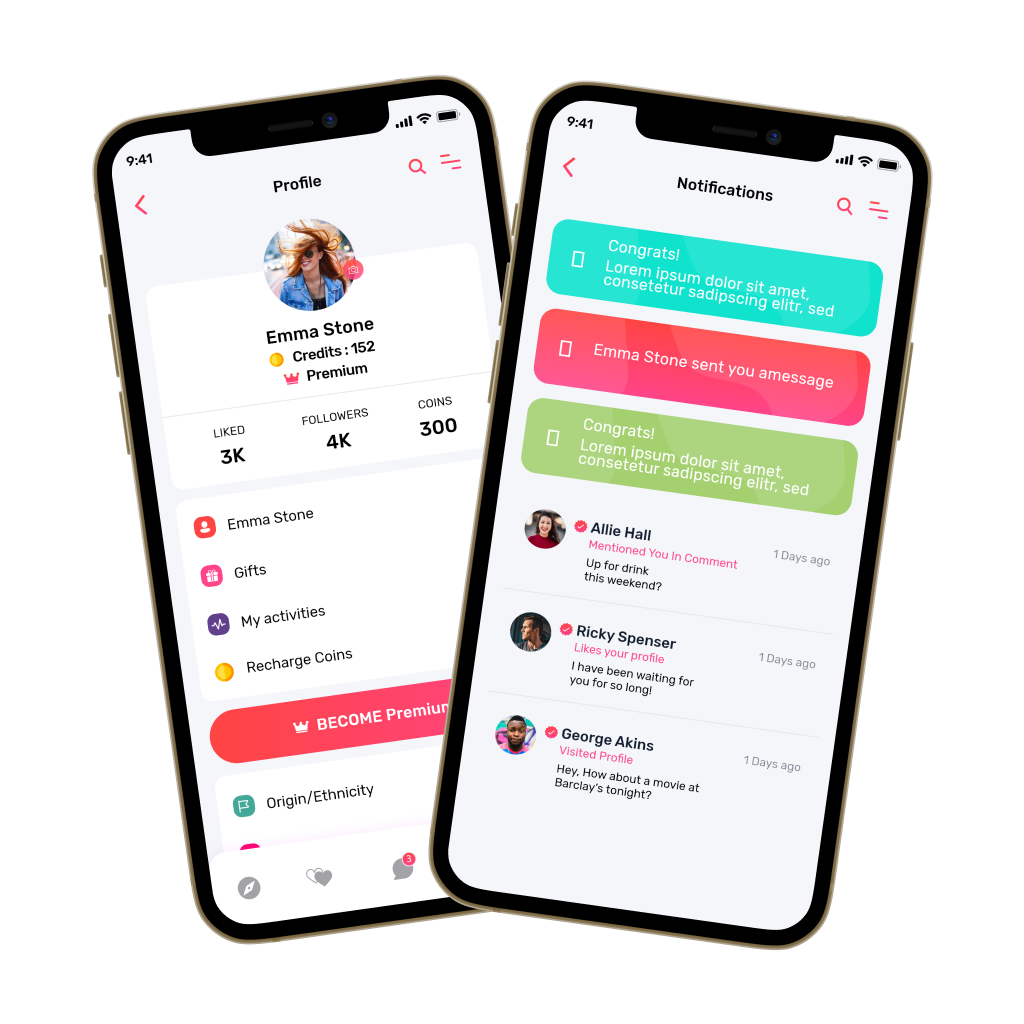Accessing healthcare is easier than ever, but patients still run into challenges when moving from online consultations to managing prescriptions. Most digital health solutions only cover one part of the process, so people often need several apps for appointments, medication refills, and deliveries. A virtual care and pharmacy app brings everything together, offering consultations, prescriptions, and pharmacy services in one simple experience.
Platforms like NowPatient are changing the way we think about connected healthcare. By combining telehealth, e-prescriptions, delivery tracking, and patient data management, they make healthcare more efficient and personal. Patients can now get complete care at any time and from any place, while providers can work more smoothly and achieve better results.
In this guide, we’ll look at how to build a virtual care and pharmacy app like NowPatient. We’ll cover the main features, technical requirements, compliance, costs, and best practices. You’ll find practical steps here to create a digital platform that brings together care, convenience, and trust. As we have worked with multiple healthcare enterprises, IdeaUsher leverages its experience in healthcare tech to help businesses turn these platforms into scalable, secure, and efficient solutions.
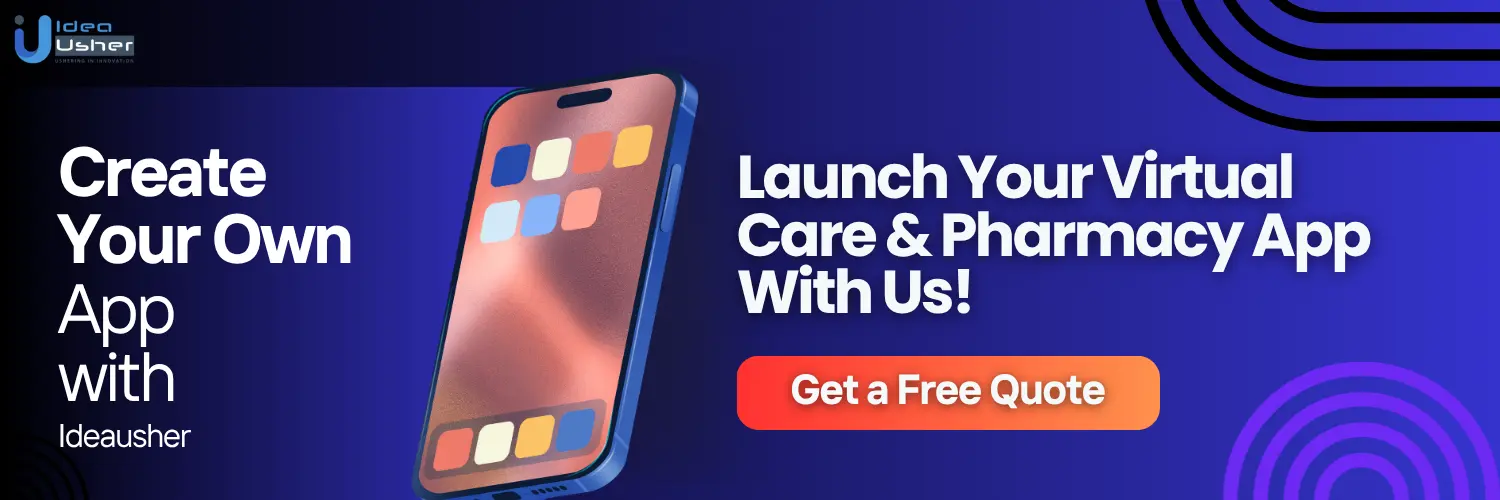
What is a Virtual Care & Pharmacy App, NowPatient?
NowPatient is a virtual care app from Infohealth Ltd, a UK-licensed pharmacy. With this platform, you can book online consultations, get medical advice, and have prescriptions delivered to your home. The app connects with the NHS for electronic prescriptions and also provides savings programs for medications in the US. It includes helpful features like medication reminders, treatment tracking, and blood pressure monitoring through its partnership with Lifelight, making healthcare easier to access.
The core purpose of NowPatient is to connect patients, doctors, and pharmacies through a single digital platform, offering a seamless healthcare experience. Specifically, NowPatient enables users to:
- Connect with Doctors Virtually: Patients can schedule and attend video consultations with licensed clinicians for medical advice, diagnosis, or prescription renewals.
- Receive Prescriptions Digitally: After a virtual consultation, doctors can issue digital prescriptions directly within the app.
- Get Medications Delivered: Partner pharmacies fulfill prescriptions and deliver medications directly to patients’ homes, ensuring convenience and continuity of care.
Business Model:
NowPatient operates a hybrid telehealth and online pharmacy platform, offering virtual consultations, prescription fulfillment, and medication delivery. It integrates with the NHS and partners with health-tech firms to provide remote monitoring, testing, and personalized healthcare services.
Revenue / Monetization Model:
While NowPatient does not publicly disclose all financials in detail, available info suggests several revenue streams:
- Sale of medications / dispensing margin: When prescriptions are filled, especially online, the business profits from the difference between medication costs and what patients or insurers pay. In the UK, handling NHS prescriptions can also generate extra revenue through reimbursement.
- Fees for virtual consultations / telehealth services: Patients presumably pay for video consultations with clinicians. Some may be paid out-of-pocket (private patients), some possibly via partnerships or insurance / system contracts.
- Drug savings / discount-related programs: They offer drug savings, discount coupons, manufacturer assistance in the US. Some of these may generate revenue via referral fees or payments from drug manufacturers or savings networks.
- Additional health services / lab / genetic testing: With pharmacogenetic testing partnerships, they may charge for these lab/genetic test services. These are value-added services beyond basic consultation, likely priced higher.
- Cost efficiency / remote care tools: Tools like remote monitoring, such as checking blood pressure with a smartphone, lower costs and enable services that would otherwise require in-person visits. Although not direct revenue, it reduces costs and aids service expansion.
How NowPatient Works: A Step-by-Step Guide
NowPatient revolutionizes healthcare by combining virtual consultations with an online pharmacy, providing a seamless patient experience. Whether in the UK with NHS or in the US with medication savings, its workflow ensures accessible, safe, and convenient care from consultation to delivery.

1. Sign Up and Create an Account
The first step is to create a NowPatient account via the mobile app or website. Users provide basic personal details, relevant medical history, and insurance or NHS information if applicable. This quick onboarding process ensures clinicians have the necessary context for safe and personalised care.
2. Select Your Service or Condition
Once registered, users can choose the service they need or search for their condition. NowPatient offers options like “Get Treated Privately” and other condition-specific pathways. This helps direct the patient to the most appropriate care service efficiently.
3. Book a Virtual Consultation
After selecting a service, users book a virtual consultation with a qualified clinician. The platform offers flexible scheduling so patients can choose a time that works best for them. This removes the need for physical visits, saving time and increasing accessibility.
4. Undergo Medical Assessment
During the consultation, the clinician reviews symptoms, medical history, and other relevant information. NowPatient also offers innovative tools such as smartphone-based blood pressure monitoring through its Lifelight partnership, enabling accurate remote vital assessments.
5. Receive a Prescription Decision
If the clinician determines medication is necessary, they issue an electronic prescription according to strict safety guidelines. This step ensures patients receive the right treatment efficiently while maintaining clinical safety standards.
6. Prescription Fulfillment
The prescription is added to the patient’s NowPatient pharmacy cart. Users review medication details, add products if needed, and complete payment securely. This step allows patients to manage their prescriptions with full transparency and control.
7. Medication Delivery to Your Door
NowPatient’s licensed pharmacy packages and delivers medicines directly to the patient’s address. This service eliminates the need for a pharmacy visit and offers quick, reliable delivery, ensuring patients receive treatment without unnecessary delays.
8. Follow-Up and Treatment Management
NowPatient supports ongoing care with features such as medication reminders, refill tracking, and easy follow-up consultation booking. This helps patients adhere to treatment plans and maintain continuous health management.

Why Anyone Should Invest in a Virtual Care & Pharmacy App?
The global ePharmacy market size was estimated at USD 60.0 billion in 2022 and is projected to reach USD 255.6 billion by 2030, growing at a CAGR of 20.4% from 2023 to 2030. This rapid growth is driven by increasing digital adoption, rising healthcare costs, and a growing preference for convenient, home-delivered pharmacy services.
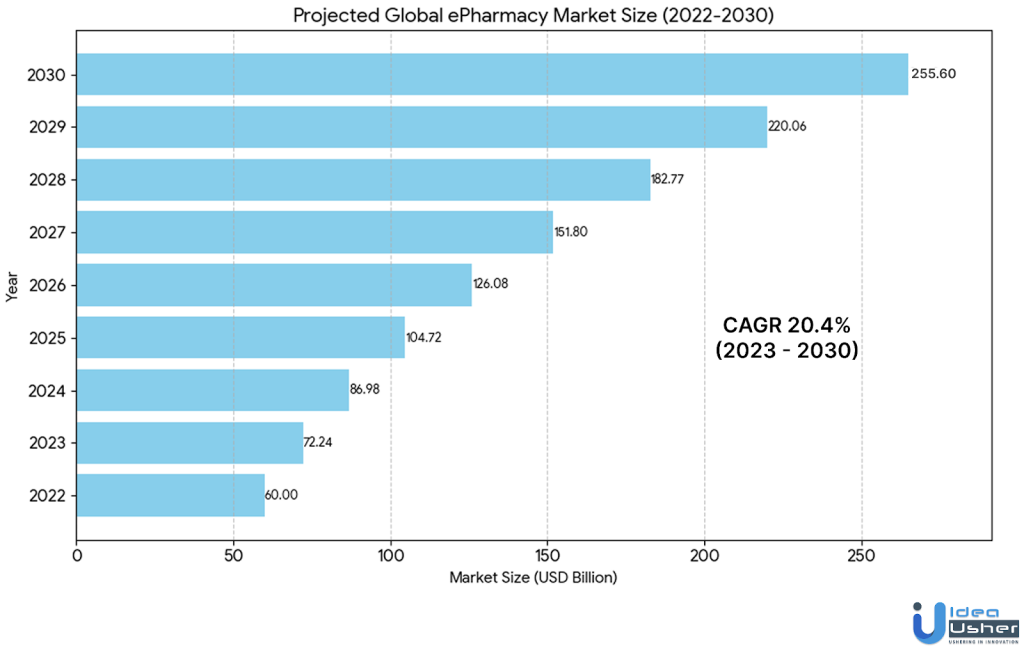
NowPatient, a UK digital health firm, raised $6.28M and offers online consultations, prescription management, and patient assistance, meeting the rising demand for integrated digital healthcare.
Hello Patient secured $22.5 million in Series A funding in September 2025 to scale up its conversational AI agents for patient communications.
NOWDiagnostics raised $22.5 million in Series B funding in July 2024 to advance at-home diagnostic tests and expand its product pipeline.
The funding for companies like NowPatient, Hello Patient, and NOWDiagnostics shows strong investor confidence in virtual care and pharmacy. This trend indicates growth potential driven by tech advances and rising digital health demand. Investors can benefit from this transformative shift with possible high returns as the sector grows.
Key Features of a Virtual Care & Pharmacy App like NowPatient
Virtual care and pharmacy app like NowPatient enhance healthcare accessibility, efficiency, and patient-centredness by combining telehealth, prescriptions, and health tools in one platform. Here are the key features:

1. Virtual Consultations
The core feature is the ability to book and attend video consultations with qualified clinicians. This removes the need for in‑person visits, saving time and enabling access to care from anywhere. Consultations cover a wide range of conditions, from minor illnesses to ongoing health management.
2. Online Prescription Management
After consultation, clinicians can issue prescriptions electronically. These are stored securely within the app, allowing users to manage, review, and refill prescriptions digitally. This integration saves time and improves convenience.
3. Home Delivery of Medications
A licensed online pharmacy fulfils prescriptions and delivers medicines directly to the patient’s address. This feature removes the need to physically visit a pharmacy, ensuring faster access to required medications.
4. AI-Powered Symptom Checker
An AI-driven symptom assessment tool helps patients pre-evaluate conditions before consultation, ensuring more informed and efficient interactions. This feature reduces clinician workload and speeds up diagnosis while improving patient satisfaction.
5. Health Monitoring Tools
Advanced features such as smartphone-based blood pressure monitoring (through partnerships like Lifelight) allow vital signs to be measured remotely. This supports more accurate diagnoses and safer prescribing.
6. Medication Reminders and Treatment Tracking
Built‑in tools help patients manage their health by providing dosage reminders, refill alerts, and progress tracking for treatments. These features improve adherence and patient outcomes.
7. Additional Health Services
Some platforms extend services to include genetic testing, lab tests, chronic condition management, and wellness resources. These add value and support personalised healthcare.
8. Secure Digital Records
The app stores a secure record of consultations, prescriptions, and health history, giving patients easy access and control. It also allows seamless sharing with healthcare providers for more accurate, personalized care.

How to Develop a Virtual Care & Pharmacy App Like NowPatient?
Developing a virtual care and pharmacy app like NowPatient requires a detailed approach merging technology, compliance, and patient-centered design. Our developers ensure each phase is carefully executed to deliver a secure, efficient, and user-friendly healthcare platform.

1. Consultation
Our team begins by conducting in-depth market research to identify user needs, regulatory frameworks, and competitor gaps. We define the app’s core workflows, compliance requirements, and feature roadmap, ensuring it meets both clinical standards and business goals effectively.
2. Designing the UI/UX Interface
Our designers create intuitive user journeys and prototypes that simplify booking consultations, refilling prescriptions, and managing health data. We ensure cross-device responsiveness, visual simplicity, and accessibility for patients, doctors, and pharmacists for a seamless digital care experience.
3. System Architecture and Platform Planning
We architect a secure and scalable system design integrating APIs, databases, and cloud servers. Our developers ensure HIPAA and GDPR compliance, enabling reliable performance and flexible scaling to support video consultations, pharmacy orders, and patient data exchange efficiently.
4. Building Core Features
We develop key modules such as video consultations, electronic prescriptions, and medication tracking. Features like health data encryption, digital pharmacy linkage, and remote monitoring tools are implemented to enhance patient convenience and clinical reliability across devices.
5. Integrating Regulatory Compliance and Security
Our developers integrate robust compliance protocols following MHRA, GPhC, and HIPAA standards. We build end-to-end encryption, authentication systems, and audit logs to ensure that all medical records and pharmacy transactions remain secure and fully traceable.
6. Testing and Quality Assurance
We execute multi-level testing to validate app performance, accuracy, and security. Our QA team performs unit, integration, and user acceptance testing, ensuring every feature functions reliably and adheres to healthcare regulations before public release.
7. Deployment and Launch
We deploy the platform on scalable cloud infrastructure to handle high user demand. Our team ensures smooth submission to app stores and configures real-time analytics and monitoring systems to maintain optimal uptime and reliability post-launch.
8. Continuous Improvement and Updates
Our developers continuously refine the app using feedback from patients and healthcare providers. We release periodic updates to enhance AI-driven recommendations, performance, and feature expansion through integration with emerging health-tech solutions and wearable devices.
Cost to Build a Virtual Care & Pharmacy App
Building a virtual care and pharmacy app like NowPatient involves combining advanced telehealth features with secure prescription management and delivery systems. The overall cost depends on factors such as app complexity, features, technology stack, and compliance with healthcare regulations.
| Development Phase | Estimated Cost | Description |
| 1. Consultation | $6,000 – $10,000 | Conducting research, identifying user needs, and defining technical and business objectives. |
| 2. UI/UX Design | $7,000 – $12,000 | Creating intuitive designs and seamless navigation for consultations, prescriptions, and patient tools. |
| 3. System Architecture & Platform Planning | $8,000 – $15,000 | Planning backend structure, APIs, and data flow to ensure scalability and security. |
| 4. Core Feature Development | $20,000 – $35,000 | Building main modules like teleconsultation, e-prescriptions, and pharmacy integration. |
| 5. Compliance & Security Implementation | $7,000 – $13,000 | Enforcing HIPAA, GDPR, and MHRA standards with encryption and secure access. |
| 6. Testing & Quality Assurance | $6,000 – $10,000 | Verifying functionality, performance, and compliance through multi-level testing. |
| 7. Deployment & Launch | $5,000 – $9,000 | Deploying on cloud servers, optimizing configurations, and ensuring smooth rollout. |
| 8. Continuous Improvement & Support | $6,000 – $8,000 | Monitoring post-launch performance, fixing bugs, and releasing regular updates. |
Total Estimated Cost: $70,000 – $128,000
Note: This is an estimated cost breakdown to provide a clear understanding of the investment required for developing a virtual care & pharmacy app. Consult with IdeaUsher for tailored guidance and development support to bring your platform vision to life.
Tech Stack for Virtual Care & Pharmacy App
Building a secure, scalable, and feature-rich Virtual Care & Pharmacy App requires careful selection of technologies that ensure HIPAA compliance, high performance, and seamless integrations. Below is a comprehensive tech stack recommendation with expanded explanations for each component.
1. Frontend Development
The frontend is responsible for delivering a seamless user experience for both patients and healthcare providers. It should be responsive, intuitive, and capable of handling dynamic interactions.
- React.js – A powerful JavaScript library that enables the creation of dynamic, responsive, and high-performance web interfaces. React’s reusable components speed up development and maintain consistency across the app.
- React Native / Flutter – Frameworks that allow developers to write a single codebase for both iOS and Android apps, reducing development time and maintenance costs while ensuring consistent UI/UX.
- Tailwind CSS / Material-UI – Design systems that make frontend styling efficient and consistent. Tailwind allows utility-first styling for customization, while Material-UI offers prebuilt components optimized for accessibility and usability.
2. Backend Development
The backend powers the app’s logic, handles database interactions, integrates APIs, and ensures smooth data processing. It needs to be scalable and secure.
- Node.js – Known for its speed and scalability, Node.js is ideal for building real-time applications, especially telehealth features, due to its asynchronous processing capabilities.
- Express.js / NestJS – Frameworks that streamline backend development by providing modular architecture, which is ideal for handling complex healthcare workflows while keeping the code maintainable.
- Django / Ruby on Rails – Alternative backend frameworks that offer built-in security, rapid development capabilities, and robust community support for healthcare-specific needs.
3. Database
Databases securely store patient records, prescriptions, health history, and transactional data, supporting quick retrieval and complex queries.
- PostgreSQL – A reliable open-source relational database that provides strong data integrity, security features, and complex query handling, ideal for storing structured healthcare data.
- MongoDB – A NoSQL database that offers flexibility for unstructured or evolving datasets, making it easier to adapt to changing feature requirements without major redesigns.
- Redis – An in-memory caching system used for reducing database load and speeding up frequently accessed data retrieval, improving app responsiveness.
4. AI & Machine Learning
AI drives intelligent features such as symptom checkers, predictive analytics, and personalized recommendations that enhance user experience and clinical accuracy.
- TensorFlow / PyTorch – Leading machine learning frameworks that enable developers to build, train, and deploy AI models for tasks such as symptom prediction and patient analytics.
- Dialogflow / Rasa – Natural Language Processing (NLP) engines that power chatbot assistants for initial patient interaction, symptom triage, and automated appointment scheduling.
- Scikit-learn – A flexible ML library for predictive modeling and data analytics, useful for healthcare analytics like predicting medication adherence or flagging potential risks.
5. APIs & Integration Tools
APIs enable seamless integration with external healthcare systems, pharmacies, and third-party services.
- FHIR APIs – Standardized healthcare APIs that ensure interoperability with Electronic Health Records (EHRs), enabling smooth data exchange between healthcare providers.
- Twilio / Vonage – Communication APIs for secure video consultations, instant messaging, and SMS reminders to patients.
- Stripe / PayPal / Plaid – Payment gateway APIs that securely handle transactions and support multiple payment methods, ensuring a seamless checkout experience.
- Google Fit / Apple HealthKit – APIs for integrating wearable health data such as heart rate, steps, and sleep patterns into the app for better health tracking.
6. Security & Compliance Tools
Given the sensitivity of healthcare data, security and compliance tools are non-negotiable to protect patient privacy and comply with regulations.
- OAuth 2.0 / OpenID Connect – Secure protocols for user authentication, ensuring that only authorized users access sensitive patient data.
- JWT (JSON Web Tokens) – Lightweight, secure tokens used to exchange information between parties, ensuring safe and efficient authentication.
- AWS Shield / Cloudflare – Security services that protect the app from DDoS attacks, ensuring uninterrupted service availability.
- HIPAA-Compliant Cloud Services – Cloud infrastructure that meets healthcare compliance standards (AWS, Azure, Google Cloud), ensuring secure storage and processing of health data.
Challenges & How to Overcome Them?
Building a Virtual Care & Pharmacy App involves handling sensitive patient data, meeting strict healthcare regulations, and ensuring seamless integration with existing systems. Addressing these challenges effectively is crucial for a secure, reliable, and user-friendly platform.
1. Compliance with Healthcare Regulations
Challenge: Virtual care apps must comply with regulations like HIPAA, GDPR, and local healthcare laws. Failure to comply can result in fines, legal issues, and loss of user trust.
Solution: Our developers implement HIPAA-compliant cloud infrastructure, use encrypted channels, and enforce secure authentication protocols. Regular audits and updates ensure compliance remains current as regulations evolve.
2. Data Privacy & Security
Challenge: Handling patient data requires advanced security measures to prevent unauthorized access, breaches, or misuse of sensitive health information.
Solution: We adopt end-to-end encryption for all communications, integrate role-based access controls (RBAC), and enforce the principle of least privilege. Secure APIs and continuous monitoring ensure robust data protection.
3. Seamless Integration with Healthcare Systems
Challenge: Connecting the app to EHRs, pharmacy databases, and payment gateways can be technically complex due to varied standards and protocols.
Solution: Our developers use standardized APIs like FHIR, collaborate with specialized healthcare API providers, and conduct thorough pre-launch testing to ensure smooth interoperability across systems.
4. Real-Time Performance Requirements
Challenge: Virtual care apps require instant data access and low-latency communication, which can strain backend infrastructure and affect session quality.
Solution: Our developers implement WebRTC for video calls, caching with Redis for faster data retrieval, and optimize backend microservices to ensure smooth real-time performance.
5. Integration of AI Capabilities
Challenge: Implementing AI features like symptom checkers, predictive analytics, or personalized recommendations requires quality data and careful model integration.
Solution: Our developers leverage frameworks like TensorFlow and PyTorch, launch AI features progressively starting with the MVP, and continuously train models with anonymized, high-quality datasets for accuracy.
Conclusion
Building a NowPatient like app development solution requires a careful balance of healthcare expertise, advanced technology, and user-centered design. Such platforms enable seamless teleconsultations, digital prescriptions, and medication management while ensuring compliance and data security. For healthcare providers and startups, this model offers an opportunity to deliver integrated care and improve patient accessibility. By focusing on interoperability, personalization, and scalability, you can create a platform that enhances both patient experience and clinical efficiency, setting a strong foundation for digital healthcare innovation.
Why Choose IdeaUsher for Your Virtual Care & Pharmacy App Development?
At IdeaUsher, we specialize in building secure and scalable virtual care and pharmacy apps that connect patients with healthcare providers seamlessly. Our solutions enhance patient engagement, streamline pharmacy operations, and ensure strict compliance with healthcare regulations.
Why Work with Us?
- Healthcare & Tech Expertise: Our team combines medical domain knowledge with advanced app development skills to deliver reliable, user-friendly platforms.
- Custom Solutions: We offer fully tailored apps that meet your operational and clinical requirements
- Proven Track Record: Our portfolio includes telehealth and pharmacy apps that improve patient experience and workflow efficiency.
- Scalable & Secure: We build apps that grow with your organization while maintaining data security and regulatory compliance.
Explore our portfolio and see how we’ve helped healthcare organizations launch efficient, patient-focused apps.
Reach out today for a consultation and take the first step toward your own virtual care solution.
Work with Ex-MAANG developers to build next-gen apps schedule your consultation now
FAQs
A virtual care and pharmacy app should include video consultations, e-prescriptions, medication management, order tracking, and integrated payment options. Features like reminders, user profiles, and medical history tracking enhance convenience and patient engagement.
The cost of developing a NowPatient-like app typically ranges from $70,000 – $128,000 depending on app complexity, features, compliance requirements, and platform choice. Additional integrations like AI chatbots or telehealth tools may increase development costs.
These apps use technologies like telemedicine APIs, secure cloud hosting, electronic health record integration, AI for symptom analysis, and blockchain for data security. The tech stack often includes Flutter, React Native, Node.js, and AWS for scalability.
Businesses must comply with regulations like HIPAA, GDPR, or HL7 standards. Secure data encryption, user authentication, and access control mechanisms help maintain compliance while protecting sensitive patient information from unauthorized access or breaches.
